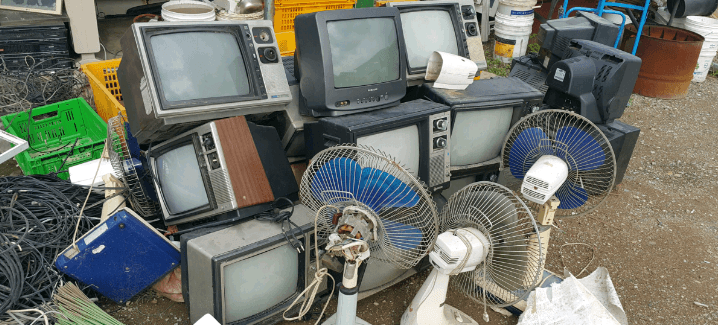Have you ever wondered if your phone or electronics are listening to your conversations? You talk about something new, for the first time, and then suddenly the ads on Facebook mobile are for what you just talked about? Maybe you plan an event and without scheduling it your phone already knows about it?
Voice Recordings and Software Listen to your Conversations
The digital age has introduced a new world of personal voice listening devices currently ranging from ones Xbox, Amazon Echo, smartphone, and even your Samsung smart TV. Most recently, in November of 2015, police began investigating a death where incriminating evidence was possible to be found near the crime via an Amazon Echo located inside the house. The Echo could have possibly picked up key information as it recorded. The police filed a warrant, but Amazon fired back with a motion which stopped them from using Amazon recordings on the ground that is going agents the first amendment and broke privacy laws.
The Amazon Echo is like a personal assistant and is constantly tuning into surrounding conversations which can spark the question of where all that personal information is stored. With this information, if you are in the privacy of your own home, is your voice recordings on the Echo protected by the first amendment? Could the device be impacting free expression and what ones says out loud in private? These are the kinds of questions that are coming up more frequently as listening devices enter in as evidence in a courtroom.
While it’s very possible that our devices are listening into conversations and making advertisements on the web related to those subjects, companies such as Google and Facebook deny giving information out to third parties. It could be from other methods such as when you download a new app and it asks for microphone privileges or the idea that we are searching for connections when we see advertisements. Looking for connections in everyday life is a human trait that could be making the digital generation more paranoid of possible coincidences.










